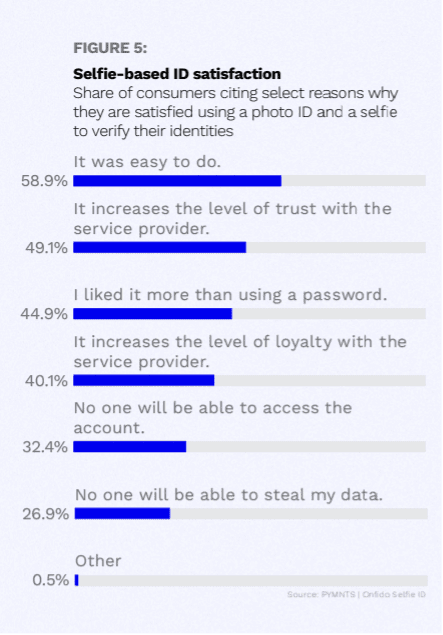Biometric Authentication Can Help Merchants Reduce Fraud, but It’s Not Foolproof
Facial biometrics, bolstered by other advanced ID technology, may help merchants fight fraud with fewer recognition errors.
As fraud continues to rise in 2023, merchants spend billions combatting scams, hacks and in-store schemes every year. And things are expected to get worse. In a conversation with PYMNTS, Trish Cox, head of operations at Galileo Financial Technologies, predicted businesses will lose over $38 billion in fraud by 2027. This represents a 20% increase over 2022’s already astronomical numbers.
While eCommerce remains a highly targeted sector for fraud, Visa has warned of card-present threats as shoppers return to stores. In October, the company reported that the number of physical skimming devices on ATMs and POS terminals rose 176% between June and November 2021 compared to the previous 12-month period.
Consumers have similar concerns about safeguarding their payment information and other sensitive details. PYMNTS research has found that 83% of customers cite security as highly important, and over half of consumers are willing to take extra steps in authenticating their non-bank accounts if it means a more secure experience.
Facial recognition as an authentication tool has already been gaining acceptance among online consumers. This technology verifies a consumer’s identity by analyzing a government-issued photo ID and comparing it with a selfie of that person. Users can submit a new selfie to access their accounts or authorize high-risk actions. Thirty-seven percent of consumers say they would be very willing to verify their identities using this method if it improved their data security, while 35% would be very willing to do so if it meant better fraud protection.
A majority of consumers have reported satisfaction with the method.

Given consumers’ approval of facial recognition for digital transactions, it’s understandable that merchants are adopting the technology for in-person fraud prevention. Soccer fans during the Qatar World Cup were introduced to facial biometrics as a contactless payment solution thanks to a Visa partnership with Pop ID. Mastercard has also partnered with the tech firm to roll out its Biometric Checkout Program, which uses facial and fingerprint biometrics to facilitate card- and phone-free transactions.
However, the growing prevalence of facial recognition to prevent in-store fraud has raised some concerns. Axios has detailed some alarming instances where sole reliance on in-store facial recognition can go awry, especially if matches aren’t verified through alternative means.
One solution for merchants to avoid these types of issues is to combine facial recognition with other advanced ID technology, such as fingerprint identification and voice recognition. For many retailers, adoption of this hybrid fraud prevention tactic may be facilitated with a trusted third-party partner.
As retailers work to prevent revenue loss, the right fraud-fighting tools are key. By partnering with the right FinTech or a trusted third party to implement facial recognition authentication along with other advanced ID tools, merchants may be better equipped to safeguard against in-store fraud with less possibility of ID error.
